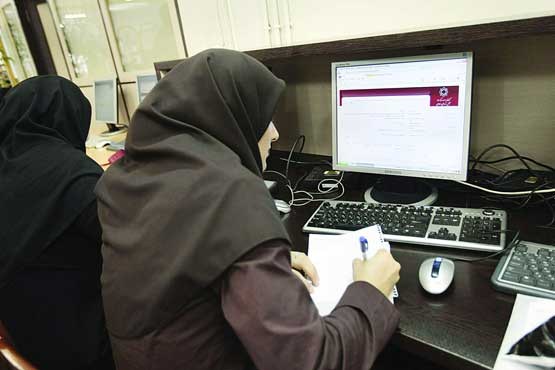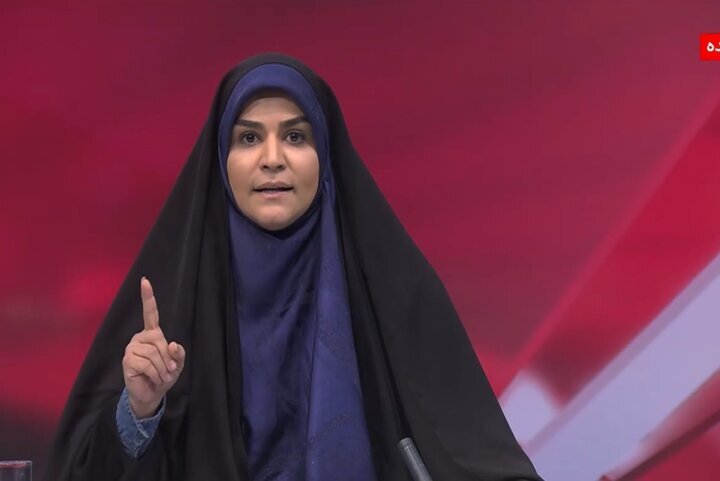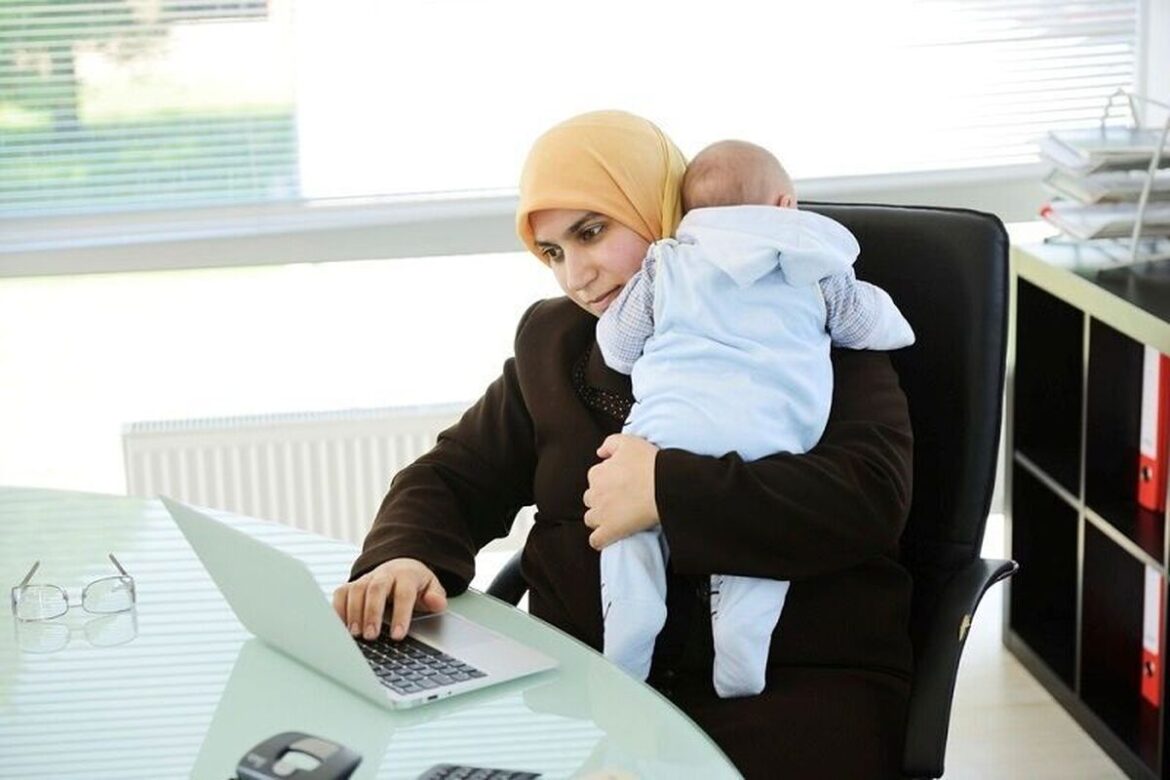Following the victory of the Islamic Revolution, one of the most intensely debated topics has been the issue of “women.” A woman who, as described by the Supreme Leader, is neither defined by her gender—reduced to a sexual tool under Western capitalism—nor marginalized like the Eastern woman, playing no role in shaping history. The model of women in the Islamic Revolution is “neither Eastern nor Western.”
To realize this model, all fields related to women’s roles must be examined. One of the most critical areas requiring evaluation based on the standards of the “Third Model of Muslim Women” is employment and its associated challenges.
A key question is how to create suitable working conditions for women in male-dominated workplaces to achieve the goals of this model.
Redesigning the Employment Structure for Muslim Women
Somayeh Golpour, President of the Supreme Council of Iran’s Trade Unions, asserts that realizing women’s employment roles within the framework of the Third Model requires a reevaluation of existing job structures, a shift in policy-making perspectives, and comprehensive planning. Many jobs were originally designed with men in mind, often overlooking women’s unique needs and conditions.
While some professions, such as nursing, teaching, and certain medical fields related to women’s health, align better with female participation, most jobs remain male-centric. To actualize the Third Model, policymakers in family and employment sectors must reach a unified understanding of women’s place in the national job system. Such alignment could pave the way for jobs that respect the dignity of Muslim women while enabling their effective contribution to national development.

Golpour emphasizes that in many female-dominated professions, management is still male-led. These male managers must deeply understand women’s specific needs—from dress codes to life stages like marriage, pregnancy, and childcare—factors often overlooked. The age range of 18 to 30 is particularly sensitive for working women, and without female-friendly management, occupational, social, and familial harm may follow. Employers and policymakers must redefine working conditions to ensure fair, respectful, and balanced participation for women.
The Silent Jihad of Women in Employment and Entrepreneurship
Golpour notes that many working women enter the workforce not by choice but out of necessity to sustain their families. With inadequate wage policies and a widening gap between living costs and incomes, women in factories, workshops, handicrafts, and home-based jobs perform a “jihad-like” role in securing their families’ livelihoods.
These women embody the Third Model—striving tirelessly to provide housing, food, healthcare, and education for their children, even if it means working in undesirable jobs far below their qualifications. While their husbands’ wages barely cover rent, these women labor with dignity, their silent struggles often unseen.
The Third Model: Beyond a Cultural Slogan
As an assistant professor at Al-Zahra University, Golpour stresses that the Third Model is not just a cultural slogan but a comprehensive Islamic framework ensuring women’s safe, dignified, and fair employment. This model requires precise definitions of working rights, proper enforcement of labor laws, and suitable work environments.
However, official reports reveal that over 60% of Iran’s workforce is informal, with women comprising more than half. Informal employment means no social security, healthcare, retirement benefits, or legal contracts—leaving women without guarantees.
Golpour insists that when discussing the dignity of Muslim women, it must extend beyond rhetoric. Governments in the Islamic Republic must recognize women’s dignity by enforcing labor laws, ensuring eight-hour workdays, and securing fair conditions. Full implementation of labor laws is not just a legal demand but a vital step in preserving family foundations and realizing the Third Model.
Women at the Forefront of Resistance
Golpour highlights women’s crucial role in recent conflicts, such as the 12-day war, where they led media resistance. Women like Sahar Emami, a national TV reporter, stood boldly against oppression, embodying the courage of Iranian women.

She references Imam Khomeini’s words: “Our revolution began with women”—a historical truth reaffirmed in today’s struggles. Iranian women, united in resistance, uphold an identity “neither Eastern nor Western,” rooted in dignity, faith, and justice.
Challenges: Economic and Cultural Pressures
Despite resilience, women face severe challenges, including the high cost of Islamic dress. While modest clothing is expensive, Western-style attire is cheaper—raising questions about systemic support for Muslim women’s identity.
Golpour calls for targeted government support, rigorous workplace inspections, and policy reforms to empower women in employment, education, and vocational training. Ministries must fulfill their legal duties to advance women’s roles.
Balancing Work and Family: A Cultural Shift Needed
Seyed Mojtaba Horaei, a development and communications expert, argues that women’s employment should not disrupt family roles. While women can work, their primary responsibility remains managing the household.
He warns against exploiting women in workplaces for profit, advocating instead for respectful, balanced opportunities that align with their physical and psychological needs. Flexible hours, childcare support, and cultural recognition of women’s dual roles are essential for sustainable progress.
Conclusion: A Call for Systemic Change
The Third Model of Muslim Women is a vision of dignity, resilience, and active participation. Yet, its realization demands systemic reforms—fair wages, legal protections, cultural respect, and policy overhauls. Only then can Iranian women thrive without sacrificing their roles as mothers, wives, and nation-builders.
Quds Daily


